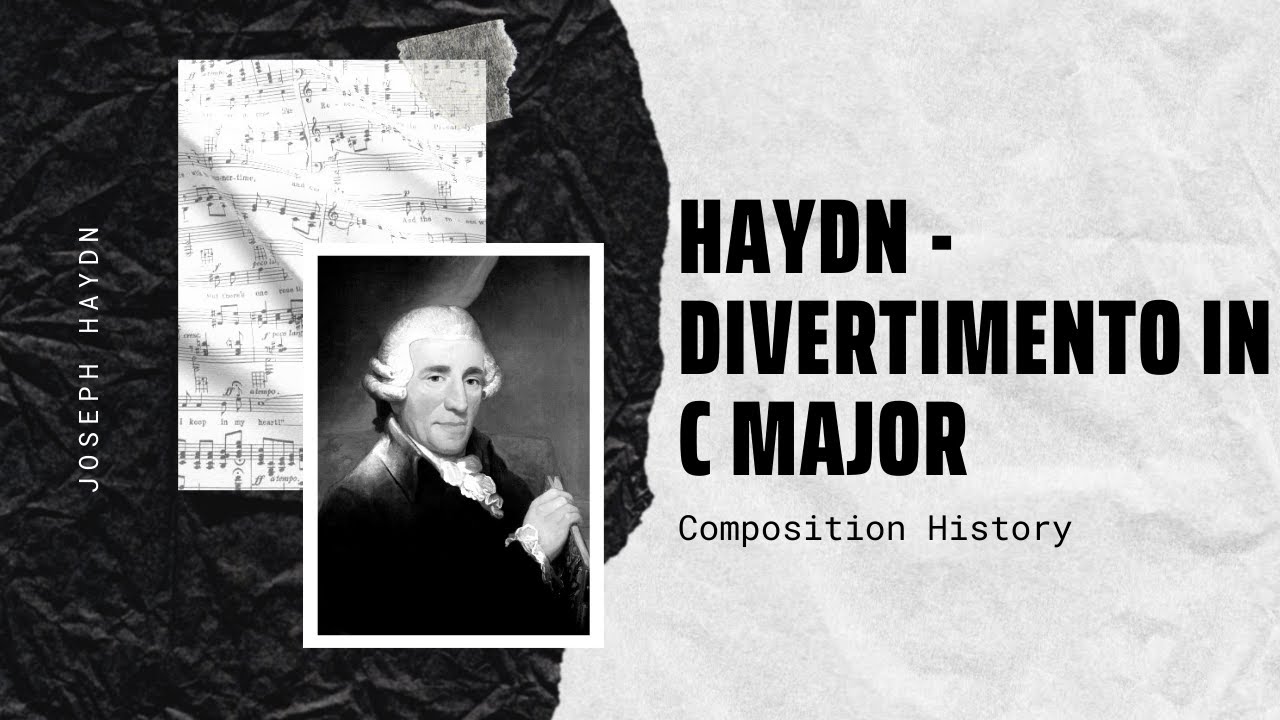
The Best of Haydn – Part III – Greatest Works
Franz Joseph Haydn (31 March 1732 – 31 May 1809) was an Austrian composer of the Classical period. He was instrumental in the development of[…]

The Best of Haydn – Part I – Greatest Works
Franz Joseph Haydn 31 March 1732 – 31 May 1809) was an Austrian composer of the Classical period. He was instrumental in the development[…]

Haydn – Divertimento in A flat major, Hob XVI46
Joseph Haydn – Divertimento in A flat major, Hob XVI46 Divertimento (Italian; from the Italian divertire “to amuse”) is a musical genre, with most of[…]

Haydn – Symphony No. 47 in G
Joseph Haydn’s Symphony No. 47 in G major Hob. I:47 was probably written in 1772. It was nicknamed “The Palindrome”. Scored for 2 oboes, bassoon, 2[…]

Haydn – String Quartets Op. 50 – No. 1 in B flat major HobIII 44
The String Quartets, Op. 50 (Hob. III/44-49, L. 36-41), were composed by Joseph Haydn in 1787. The set of six quartets was dedicated to King[…]

Haydn – Symphony No. 77 in B flat major
Joseph Haydn – Symphony No. 77 in B flat major Symphony No. 77 in B♭ major, Hoboken I/77, is a symphony by Joseph Haydn completed in[…]

Haydn – Symphony No. 92 in G Major
Joseph Haydn – Symphony No. 92 in G Major Joseph Haydn completed his Symphony No. 92 in G major, Hoboken I/92, popularly known as the Oxford[…]

Haydn – Divertimento in C major, Hob XVI1
Franz Joseph Haydn – Divertimento in C major, Hob XVI1 Franz Joseph Haydn (31 March 1732 – 31 May 1809) was an Austrian composer of the[…]

Haydn – Symphony No. 73 in D major (The Hunt)
Franz Joseph Haydn – Symphony No. 73 in D major (The Hunt) The Symphony No. 73 in D major, Hoboken 1/73, is a symphony by Joseph[…]

Haydn – Symphony No. 13 in D major
Franz Joseph Haydn (31 March 1732 – 31 May 1809) was an Austrian composer of the Classical period. He was instrumental in the development of[…]